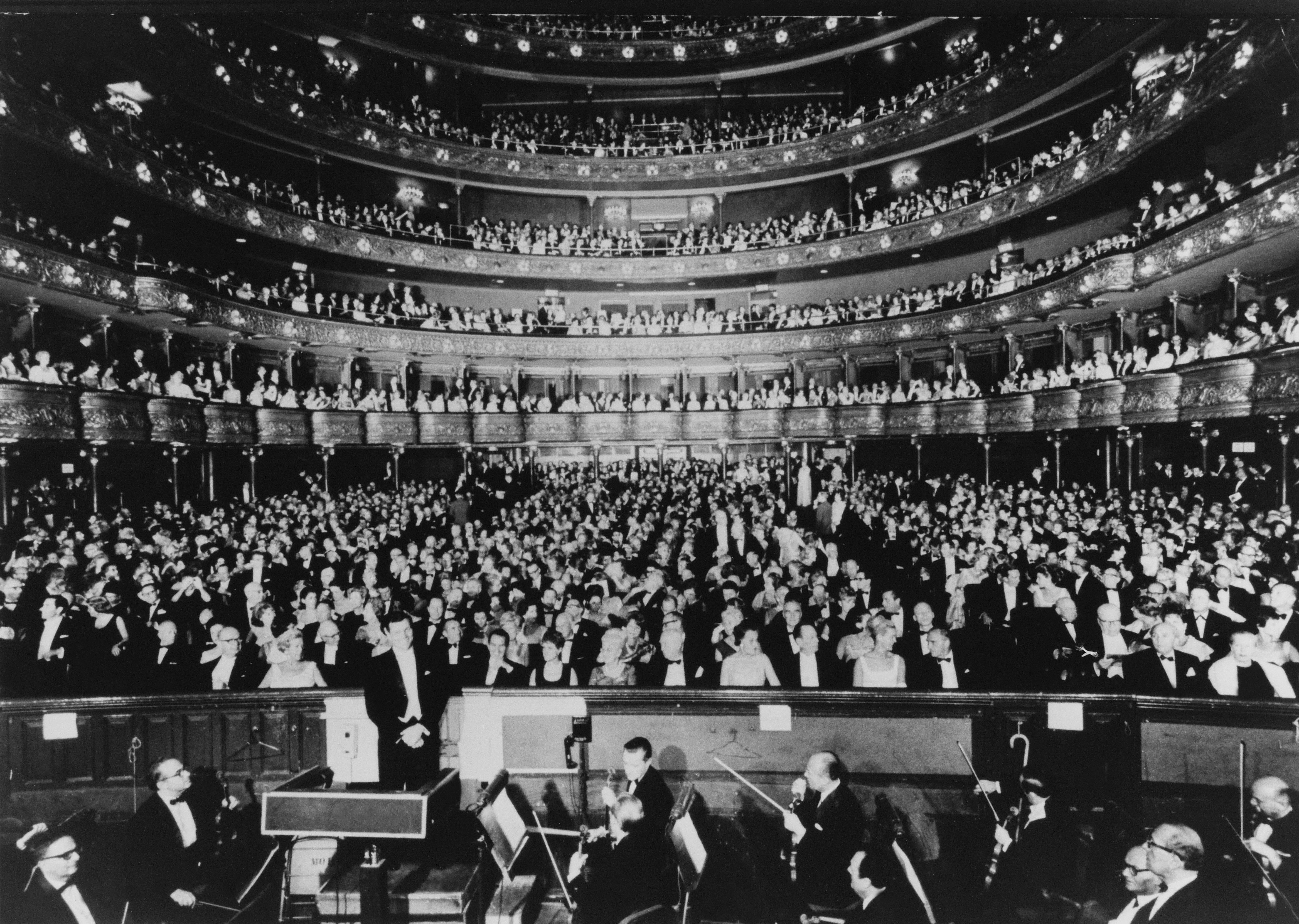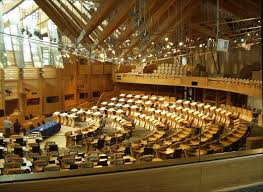
Ice harvesting on the Hudson River in the 1850s. An early air-conditioner was invented in 1902. Credit New York Public Library, Mid-Manhattan Picture Collection
With summer just about officially over, we can dispassionately explore what the world was like a little more than a century ago, before Willis Carrier installed his apparatus for treating air in a Williamsburg, Brooklyn, printing plant.
I live in New York, a city that doesnt exist without air-conditioning, Salvatore Basile writes in Cool: How Air Conditioning Changed Everything (Fordham University Press).

To Americans, New York is a Northern city, but in his breezily anecdotal book, Mr. Basile reminds readers that we practically share a latitude with Madrid, if not the siestas. The heat could be brutal, particularly when 5,000 ceiling fans, while the largest such installation in the world, were all that cooled the citys subway cars.
Air-conditioning was not just about comfort.
It triggered a cultural and demographic revolution.

It made windowless offices, work and retail spaces and entertainment venues possible (and also permitted the introduction of heat-generating computers).
It also diminished street life.
And beyond New York, it made living in the Sun Belt bearable, shifting not only jobs and population there, but also political power.

The words Newark and renewal have regularly been paired in headlines in The New York Times.
Throughout the last five decades, business leaders and elected officials have often pronounced an imminent turnaround of Newark, indeed a renaissance, Robert Curvin writes in Inside Newark: Decline, Rebellion and the Search for Transformation (Rutgers University Press). His own take on New Jerseys largest city is more sobering: Newark today is old, tired and decrepit, but it is rebuilding. Mr. Curvin, a former civil rights leader, editorial writer for The Times, dean at the New School and now a visiting scholar at the Edward J. Bloustein School of Planning and Public Policy at Rutgers, weaves revealing and passionate personal observations (he describes himself as an elder of the Newark story) with astute political insights to reach a depressing verdict on the past: Too often, the victors in local politics belonged to the spoils.
The opening of the political system was supposed to come with group benefits or so argued the democratic theorists, he writes. But unlike other ethnic groups, political power for blacks and Latinos did not readily translate into group benefits in Newark.

The leaders of postindustrial Newark made choices, and many, if not most, chose the least common denominator, Mr. Curvin concludes, simply trading for a job or position with little or no regard for the social concerns or conditions of the poorer citizens of the city.
One reason was the politics of decline. More fundamental was the vacuum of civic culture, which he addresses with an agenda for change.
Ever wonder about the derivation of Dead Horse Bay or the railroad flat? Or what the sommelier does at Del Posto? In an endearing combination memoir and Baedeker, the illustrator Julia Rothman serves up factoids and ruminations in Hello NY: An Illustrated Love Letter to the Five Boroughs (Chronicle Books).

Ive often been told Youre so New York! she writes. But what does that mean? I have lived here all my life and will never leave, so I might never know.
Source
|